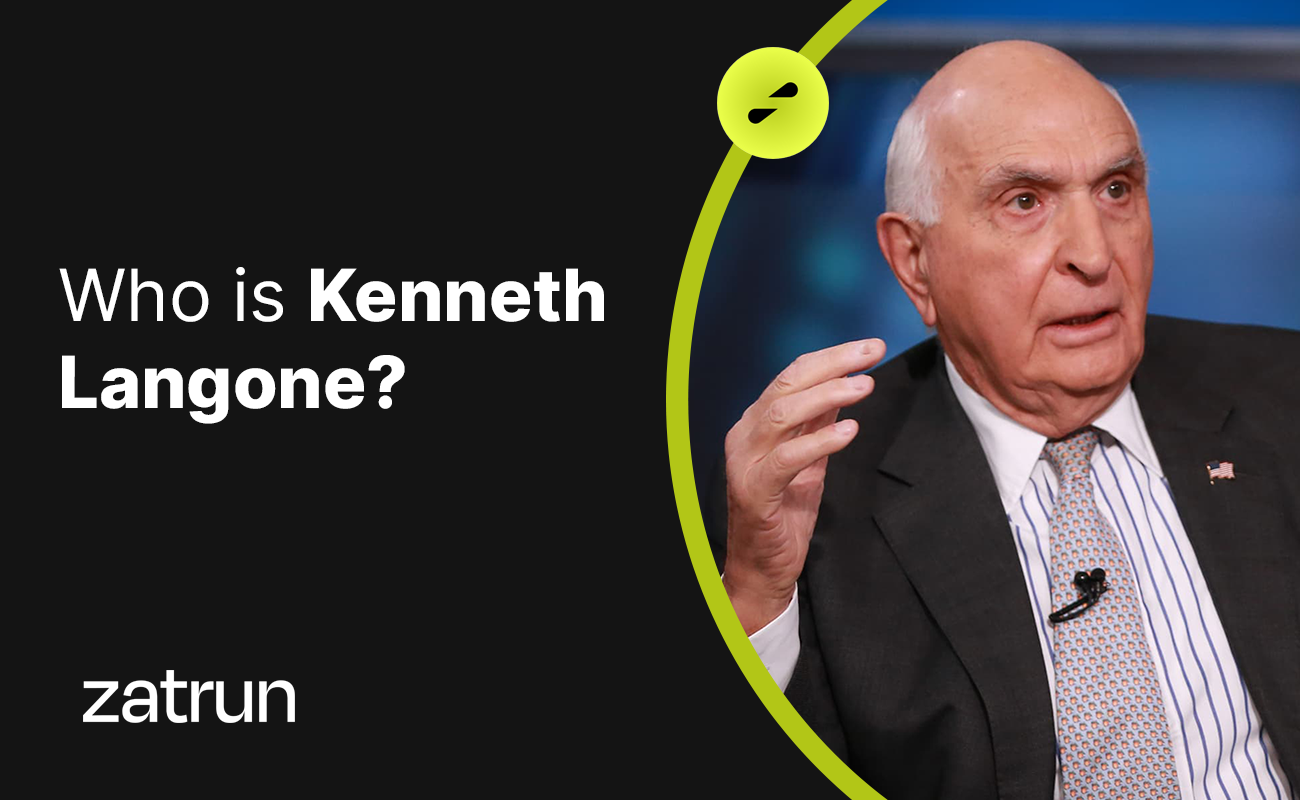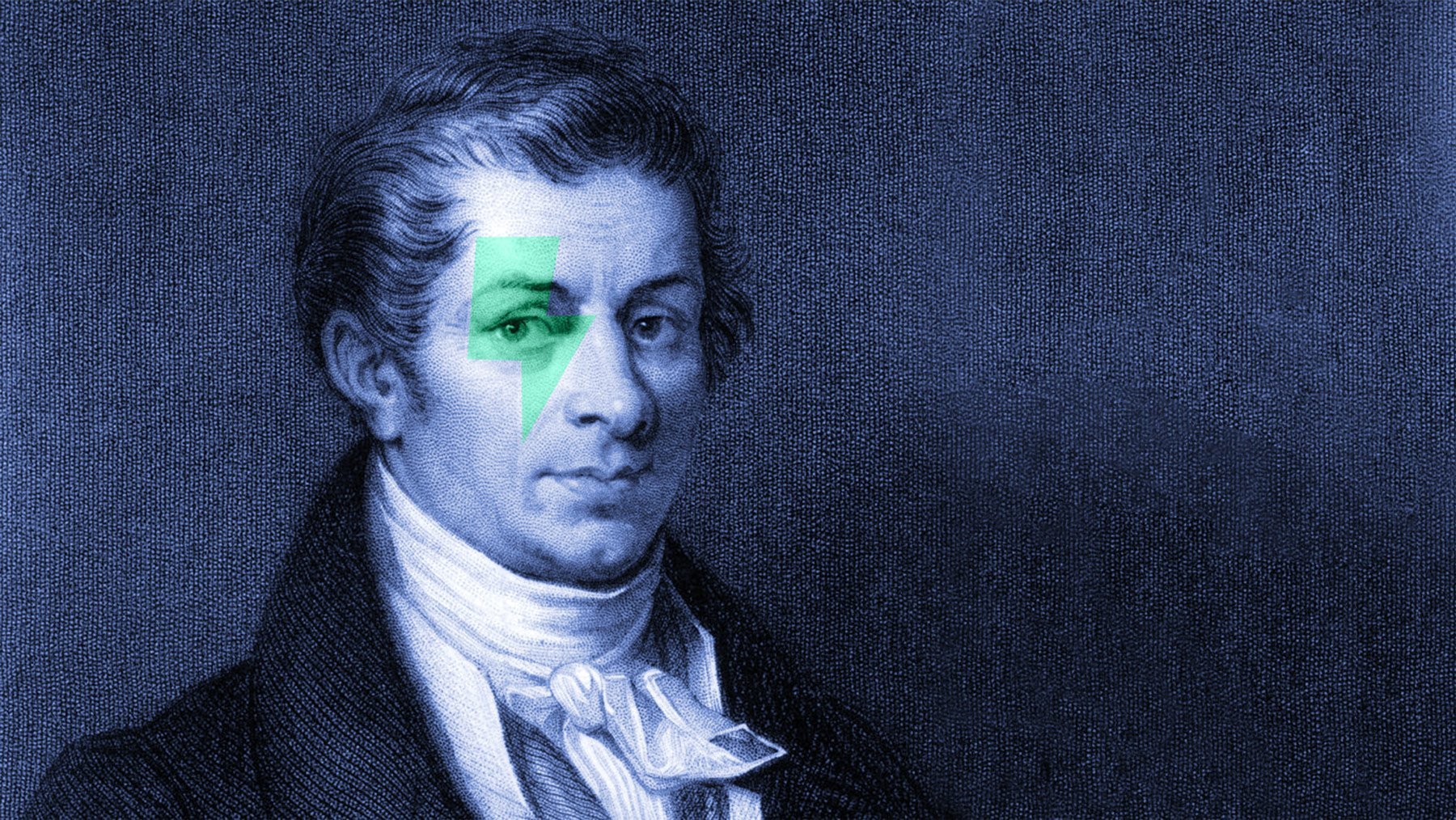Martin Shubik 101: Who is an American Mathematical Economist? In our article on Zatrun.com, we will cover in detail everything you need to know about Martin Shubik, an American Mathematical Economist who our readers are curious about.
Who is Martin Shubik?
August March 24, 1926 – August 22, 2018) Martin Shubik was an American mathematical economist specializing in game theory, defence analysis, and the theory of money and financial institutions. Martin Shubik was born in New York City as the son of Joseph and Sara Shubik, who are both Jewish and of Russian and French descent, respectively. When Martin was only three months old, the family returned to London, and World War II began. They remained in the United Kingdom until the outbreak of World War II.

During the war, Martin’s mother and younger sister Irene Shubik (1929-2019) were sent to stay with relatives in Canada, while his father Joseph and older brother Philippe Shubik (1921-2004) remained in the United Kingdom. To meet the requirement to enrol in a university in Canada during the war, Martin joined the Royal Canadian Navy and was promoted to Lieutenant before leaving in 1950. Shubik, Julie Kahn married and had a child, Claire Louise Shubik.
Defence analysis was Martin Shubik’s main research interest, and in 1959 he coined the term “mathematical institutional economics” to describe it, referring to him as his “white whale” (only because he believed he had finally caught him after publishing his last five books on defence). He spent most of his career at Yale University, where he was heavily involved in the Cowles Foundation for Economic Research and founded the Virtual Currency and Financial Institutions Museum.
Outside of economics, he started working on inclusion body myositis (IBM) after a diagnosis in 2003. in 2011, he provided investment support to the IBM Disease Registry at the Yale School of Public Health. a review was conducted in 2012-2013, and he was a co-author with his son-in-law, Seth Richards-Shubik, on a 2015 paper on the initial findings.

His Academic Life
Martin Shubik received a bachelor’s degree in mathematics (1947) and a master’s degree in political economy (1949) from the University of Toronto. At the same time, he received a master’s degree (1951) and a Doctoral degree (1953) in Economics from Princeton University. His thesis Oskar Morgenstern supervised here. Among his other teachers were the Canadian mathematician Albert Tucker, mathematician John von Neumann and Canadian economist Jacob Viner.
His roommates were the American mathematician and economist Lloyd Shapley and the mathematician John Nash, both of whom became future Nobel Prize laureates in Economics. Even among his classmates there were important names such as Thomas Whitin, German-American economist Otto Ec Deckstein, American sociologist and economist Gary Becker, American scientist Marvin Minsky, American computer scientist John McCarthy, American mathematical economist Herbert Scarf, Ralph Gomory, Richard Karlin, American mathematician Alan Hoffman and Computer Science Professor Harlan Mills.
in 1954, Shubik and Shapley used the Shapley value to formulate the Shapley-Shubik power index to measure the strength of players in a voting game. Martin Shubik’s resume lists more than 20 books and more than 300 articles. Shapley is the person with whom he has collaborated the most (14 articles). Nash appears only twice, including in “So Long Sucker – A Four Person Game”, a bargaining/economic strategy game co-invented with Shapley and Mel Hausner.

His Achievements
Martin Shubik is known for many important articles and book publications. Also, among Shubik’s awards are;
Frederick W. in 1984 with his book “Game Theory in the Social Sciences, volume 1”. He has received many prestigious awards throughout his career, including the Lanchester Award. He also received the Koopman Prize from the Institute for Operations Research and Management Sciences (INFORMS) in 1995, which he shared with Jerome Bracken. He was also appointed as a distinguished member of the American Economic Association (EEA) in 2010.












